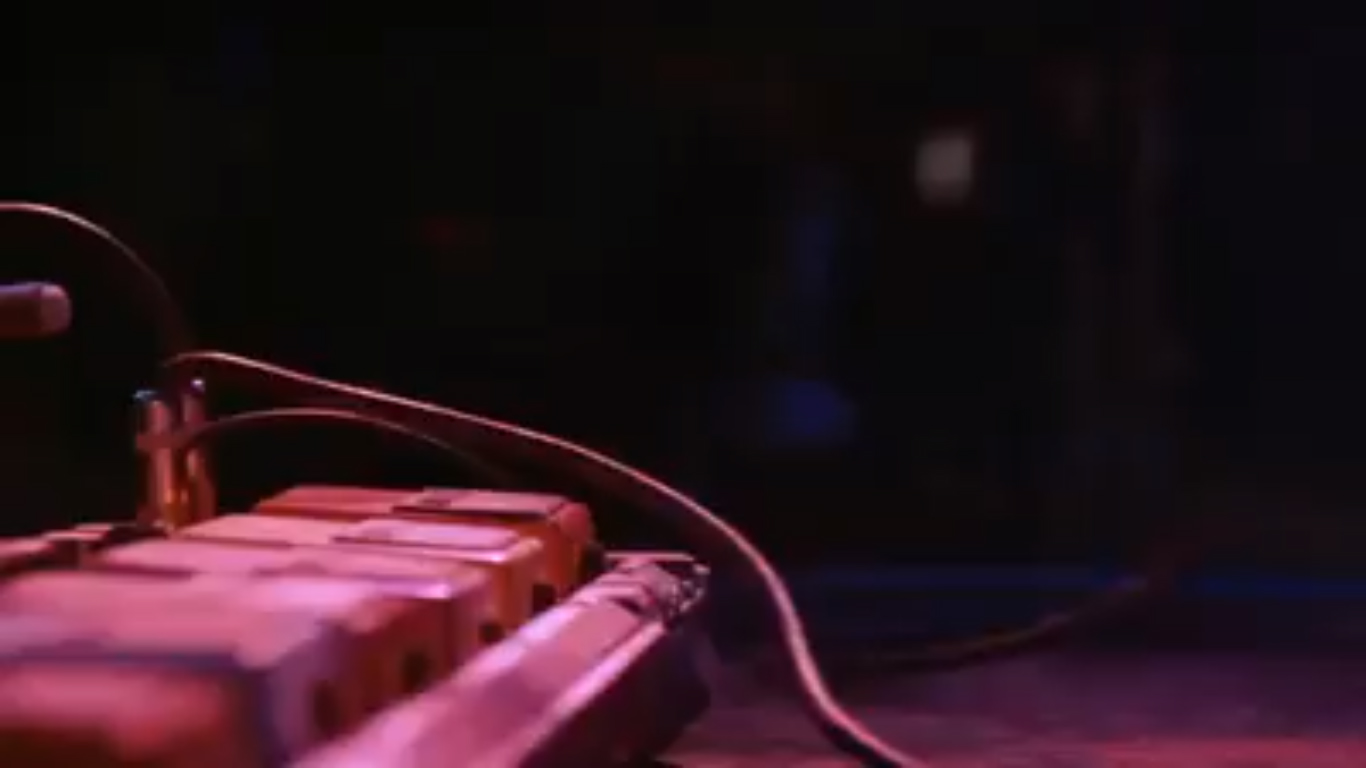What effects pedals did Prince use?

Prince was known for using effects pedals, in particular Boss effects pedals. He first started using Boss pedals in 1982 and continued using a similar set up for the rest of his career. These pedals were usually combined with a wah and various pitch-shifting units.
For his first few albums and tours, Prince used amp distortion from his Mesa/Boogie Mark II and a Mutron Bi-phase phaser.
Prince started using Boss effects on the 1999 album and tour. His first set of Boss effects included PSM-5 Power Supply & Master Switch, SD-1 Super Overdrive, BF-2 Flanger, DM-2 Delay, CE-2 Chorus and OC-2 Octave. Prince used DS-1 Distortion, TW-1 T-Wah and HM-2 Heavy Metal pedals in the studio and its possible that he acquired these at the same time even though they never made it to his guitar pedalboard. These pedals were also used by his band members.
After the 1999 tour, the CE-2 Chorus was replaced with a Boss VB-2 Vibrato. Later the DM-2 Delay was replaced with a DSD-2 Digital Delay/Sampler, then DD-3 Digital Delay and in 2006 the DD-6 Digital Delay. In 1992, Prince started to change his amp set up, and removed the SD-1 Super Overdrive in favour of the MT-2 Metal Zone. He later stopped using amplifier distortion altogether, relying on a DS-2 Turbo Distortion and a BD-2 Blues Driver for drive.
This basic setup remained on Prince’s pedalboard for the remainder of his career, and can be seen on the pedalboard in Paisley Park.
Prince first used a wah, the Vox V846 wah (borrowed from Jesse Johnson of the Time), on the song 1999. From this point onward he would always use a wah, first a Dunlop Cry Baby on the 1999 tour, then switching to a vintage Colorsound Wah before returning to the Dunlop Cry Baby in the late 2000s. He also briefly used a Dunlop Rotovibe.
In the late 1980s, Prince started to use rack effects and MIDI controllers. His first rack unit was the Roland GP-16, which he used for pitch shifting effects combined with Roland EV-5 and FC-100 controllers. He then used a Zoom 9010 followed by a 9030, which became a key part of his live and studio sound in the 1990s. In the mid 2000s, he stopped using his rack equipment, replacing it with a Digitech Whammy WH-4, Line 6 Modulation Modeller MM4 and later a MXR Micro Amp.